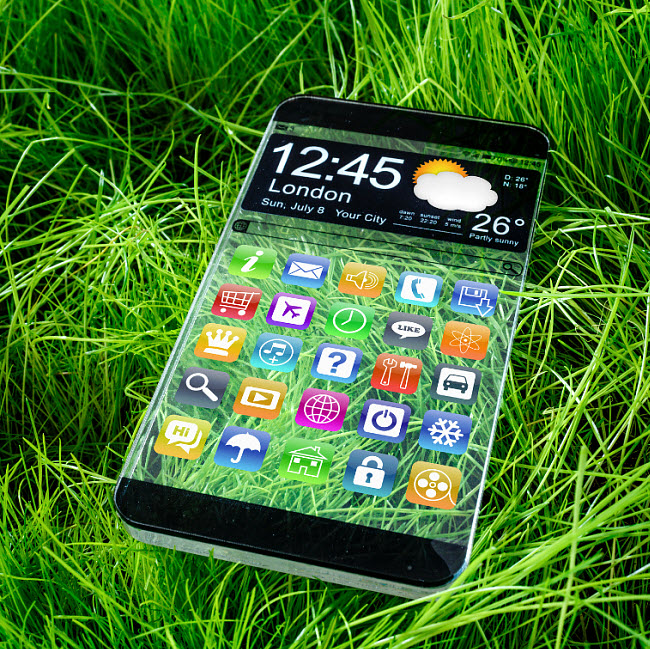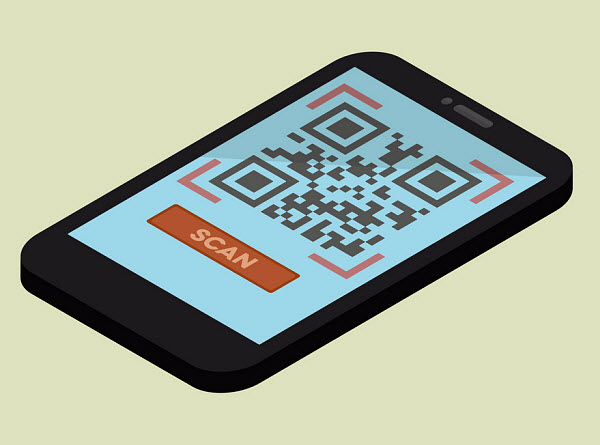A new report has shown that many of the giants in the retail business are looking to location-based applications.
PointInside has now released a report based on their 2013 data that has revealed that apps that use geolocation technology are considerably increasing the engagement that customers have in the interactions with retail stores while the shop, and those retailers have not failed to take notice of the potential that this has to offer.
This year, PointInside has identified a trend that shows that retailers are looking to location based marketing.
Retailers are testing upgrades to their apps that would include geolocation based technology. This allows them to offer in-store modes, location based features, detailed information, interactive store maps, and even the location of products that can be found in the store. The maps can also be customized for the individual user based on shopping lists that he or she has made.
It is clear that geolocation is popping up in the apps of a range of the top retailers.
One prime example of location based marketing worked into an app is from the Lord & Taylor department store chain. They are utilizing third party app developer resources in order to be able to ensure that they boost customer engagement. This, according to Ryan Craver, the senior vice president of corporate strategy.
He explained that “we do need to have a big presence in mobile because everyone has a mobile phone and is doing research.” That company entered into a partnership with SnipSnap in order to be able to expand their presence. They are doing so by offering attractive store coupons that can be redeemed by smartphone users. There are already more than 3 million customers using SnipSnap, according to the data shared by Ted Mann, the chief executive officer of that company.
Another example of a major retailer taking advantage of location based marketing with geolocation technology is Duane Reade, the drug store chain owned by Walgreens. They have recently started the use of apps that have iBeacon integration. This app allows coupons to be shared, as well, and for products to be suggested based on the customer’s specific location inside the store and based on his or her shopping history with that retailer.
Seafood cases and menus now feature quick response codes that can be scanned by guests.
The BlackSalt Fish Market located in Northwest Washington now sells dozens of different types of fish and shellfish, and has assigned QR codes to every one of them in order to provide customers with the information that they need to answer more of their questions, and to bring that knowledge home with them on their mobile devices.
These quick response codes are located on all of the menus and seafood cases of the company.
According to the fish monger for BlackSalt Fish Market, among the largest challenges that have been faced is in keeping track of the large amount of data regarding a given fish that is being sold, such as where it was caught, what techniques were used for catching the fish, who caught the fish, and so on. The QR codes provided a very helpful tool that would allow this information to be accurately and clearly relayed to customers who would like to know more about what they are buying and eating.
The Black Restaurant Group is now using QR codes to expand on their efforts to keep consumers informed.
The Black Restaurant Group includes locations such as Republic and Pearl Dive Oyster Palace. Over the last year, it has been making a concerted effort to provide its customers with a way to obtain a better understand of where, when, and how the fish was caught, and by whom. According to M.J. Gimbar, a fishmonger for the company, the purpose is to build greater transparency within an industry that has increasingly been experiencing consumer distrust due to widespread cases of fraud and mislabeling.
Gimbar explained that it is easy for Seafood to be altered or swapped, without the customer’s knowledge. Therefore, Black Restaurant Group is working to make sure that their own customers always know exactly what they are getting and how that seafood came to be available to them. The project, itself, was more challenging than had been anticipated. Keeping the QRcodes up to date and interesting caused a struggle, particularly after time had passed following the coverage by NBC, ABC, and National Geographic.
The excitement over the QR codes had started to die off until the traceability element was introduced, which provided information about each and every type of fish. This has regrown the customer interest and barcodes are being scanned once more.



